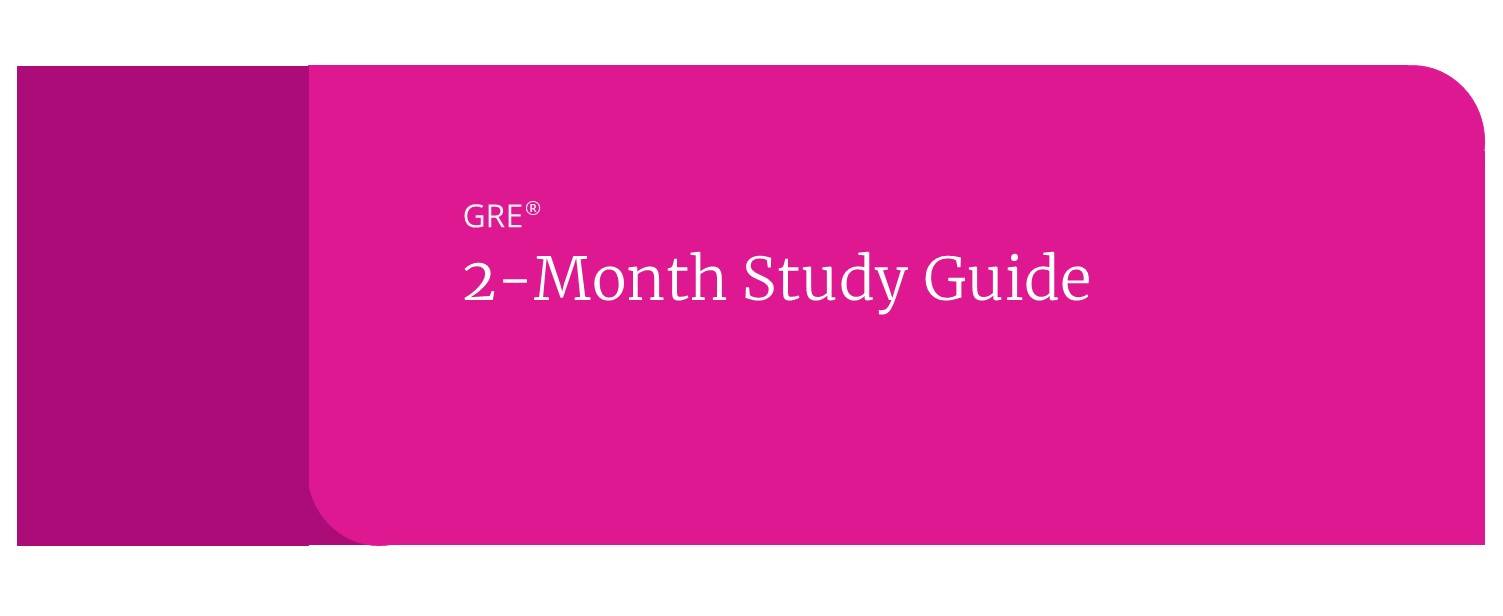What's Tested on the GRE: Geometry
Geometry topics include lines and angles, triangles—including isosceles, equilateral,and special right triangles—polygons, circles, multiple figures, three-dimensional figures (uniform solids), area, perimeter, and volume. You do not need to know how to do geometry proofs for the test. The geometry tested on the GRE is basic. There are only a few fundamental definitions and formulas you need to know. The GRE emphasizes new ways of applying these elementary rules.
Geometry Definitions
An angle is formed by two lines or line segments which intersect at one point. The point of intersection is called the vertex. Angles are measured in either degrees or radians.
An acute angle is an angle whose measurement in degrees is between 0 and 90. A right angle is an angle whose measurement in degrees is exactly 90. An obtuse angle is an angle whose degree measure is between 90 and 180. A straight angle is an angle whose degree measure is exactly 180 degrees.
All of the angles on one side of a straight line sum to 180 degrees.
a + b + c = 180 degrees
All of the angles around one point must sum to 360 degrees.
a + b + c + d + e = 360 degrees
Perpendicular lines are formed when the angle between two lines is 90 degrees. The shortest distance from a point to a line is a line with a length such that the two lines form a 90 degree angle.
Two angles are supplementary if they share one line; i.e., if they sum of their angles is 180 degrees. Two angles are complementary if together they make a right angle; i.e., if the sum of their angles is 90 degrees.
To bisect an angle means to cut it in half. The two smaller angles will then have the same measurement.
If two parallel lines intersect with a third line, the third line is called a transversal. When this happens, all acute angles are equal and all obtuse angles are equal. Each acute angle is supplemental to each obtuse angle.
x and y are parallel lines, and z is the transversal
a = d = e = h
c = b = g = f
Vertical angles are a pair of opposite angles formed by intersecting lines. For the figure, a and d is an example of a pair of vertical angles. Vertical angles are equal.
Diagrams
Pay a lot of attention to diagrams. There can be a lot of information “hidden” in a diagram. If a diagram of an equilateral triangle gives you the length of one side, for instance, it actually gives the length of all sides. Similarly, if you are given the measure of one of the angles formed by the intersection of two lines, you can easily find the measure of all four angles. In fact, many geometry questions specifically test your ability to determine what additional information is implied by the information you are given in the diagram.
The diagrams provide basic information such as what kind of figure you are dealing with (is it a triangle? a quadrilateral?), the order of the points on lines, etc. However, the figures on the GRE are not drawn to scale unless otherwise stated. Because they are not drawn to scale,you can’t rely on how figures are drawn to conclude anything about the size of the figure. If a line looks straight in the diagram, you can assume it is straight. But you must be careful when using the diagram to judge relative lengths, angles, sizes, etc., since these may notbe drawn accurately. A square that looks twice as big as another is not necessarily twice as big. If an angle looks like a right angle, you cannot assume it is one, unless it is marked as such. If one side of a triangle looks longer than another, you cannot assume it is unless some other information tells you that it is. If a figure looks like a square, you don’t know it is a square; you only know it is a quadrilateral. This is especially important to bear in mind in the Quantitative Comparison section, where the diagram may lead you to believe that one column is greater, but logic will prove that you need more information.
You can also, on occasion, use the diagram to your advantage by looking at the question logically. For instance:
We know from the question stem that we have a square and a circle, and we can see from the diagram that the circle is inscribed in the square—that is, it touches the square on all four sides. Whatever the area of the circle, we can see that the square’s area must be bigger; otherwise the circle wouldn’t fit inside it. So the right answer must be larger than the area of the circle, or larger than 4π. Now we can approximate 4π to a little more than 12. Since the correct answer is larger than 12, it must be either choice (D) or (E). And since you would expect to see π in the area of the circle, as it is here, that means π will not be in the area of the surrounding square. (The correct answer is 16.) This example highlights an important point: π appears very often on geometry problems, so you should have some idea of its value. It is approximately equal to 3.14, but for most purposes you only need remember that it is slightly greater than 3.






